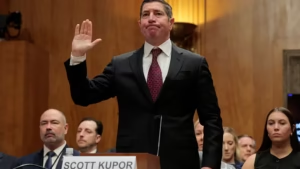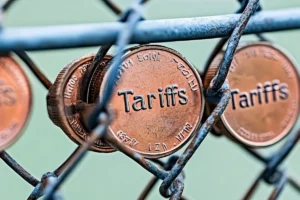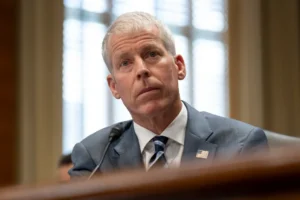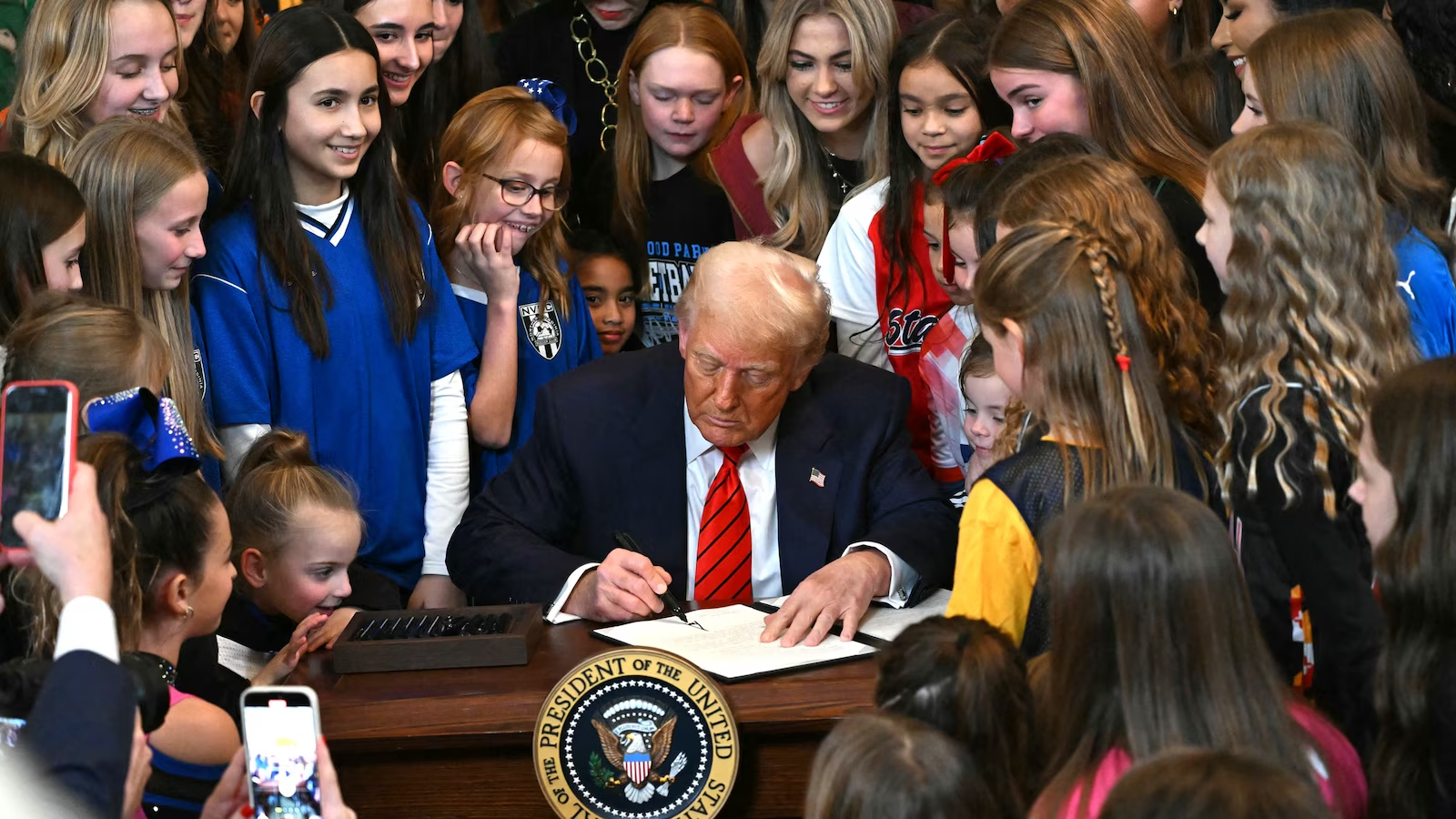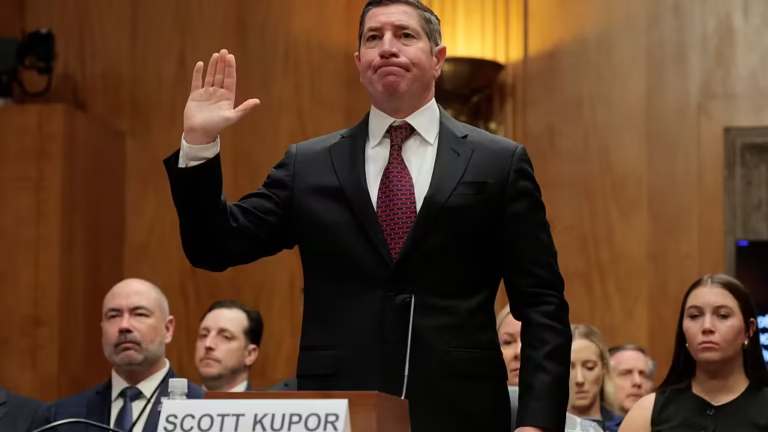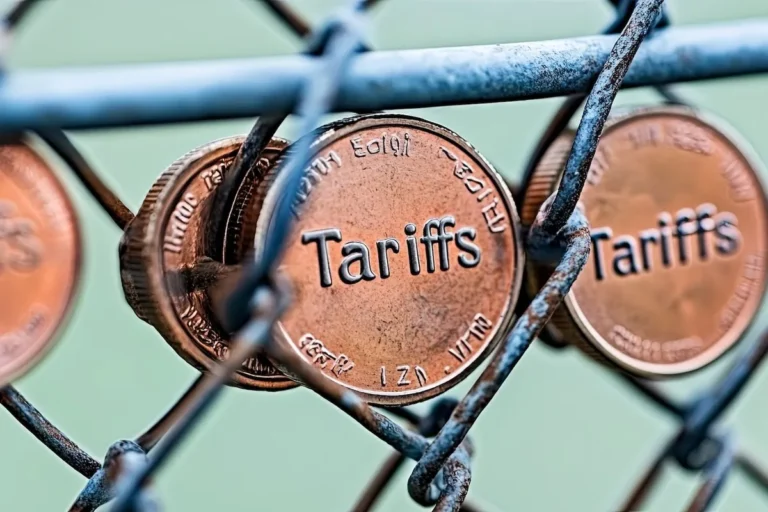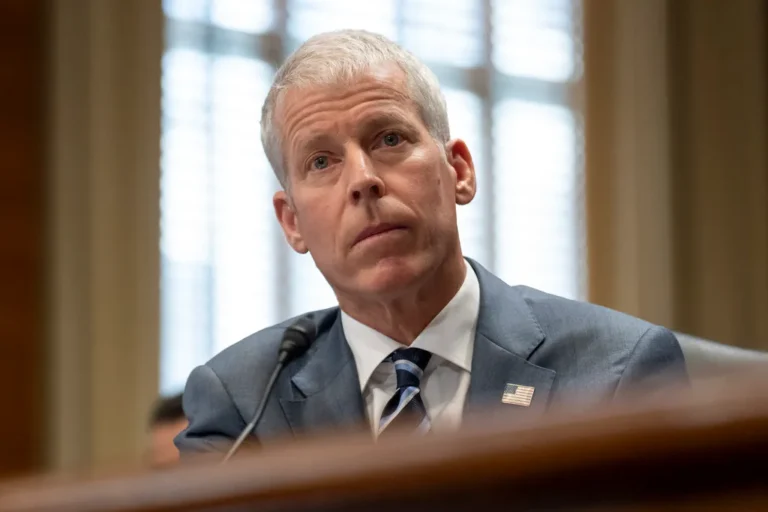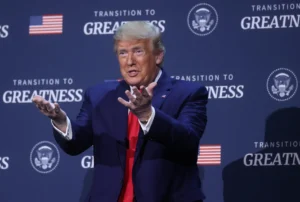USOPC Aligns with Federal Law on Gender-Based Competition
Olympic Committee Enforces Ban, The U.S. Olympic & Paralympic Committee (USOPC) has quietly updated its policy to prohibit biological males from competing in women’s sports. This comes as a direct result of President Donald Trump’s Executive Order 14201, titled “Keeping Men Out of Women’s Sports.” The update was made official on July 21, 2025, and is now reflected in the USOPC’s athlete safety policy.
This policy shift marks a significant turning point in the debate over transgender participation in female athletics. While the language of the new rules is careful and bureaucratic, its impact is unmistakable.
Subtle Language, Strong Intent
The USOPC website hosts a page titled “Transgender Athlete Participation in Sport,” which still claims dedication to diversity, equity, and inclusion. However, a new note directs readers to the revised athlete safety policy. A key change appears in Section 3.3 of the document, under “Additional Requirements.”
This section now includes a clause stating that the USOPC is “committed to protecting opportunities for athletes participating in sport” and will work with partners like the International Olympic Committee (IOC) and National Governing Bodies (NGBs) to ensure a “fair and safe competition environment” for women. It explicitly references compliance with Executive Order 14201 and the Ted Stevens Olympic & Amateur Sports Act.
What Does Executive Order 14201 Mean?
Executive Order 14201, signed by President Trump, mandates that biological males be excluded from women’s athletic competitions. Though not cited in detail by the USOPC, the executive order’s intention is unmistakable. It seeks to preserve fair play and safety in women’s sports by ensuring that only biological females compete in female categories.
Implementation Remains Unclear
Despite the change, many questions remain. The USOPC has not clarified how eligibility for women’s events will be determined. In contrast, the NCAA already has a rule banning biological males from female sports. However, that rule is based on birth certificate sex — something many states now allow individuals to alter based on gender identity.
Experts argue that a biological verification process is essential. One method proposed is a simple cheek-swab test to confirm an athlete’s biological sex, performed once in a lifetime. This avoids any so-called “invasive” testing procedures. Yet, no clear USOPC guideline currently mandates such a process.

Political Pressure and Legal Compliance
The USOPC’s update appears to be driven more by legal compliance than ideology. In a statement quoted by the New York Times, the USOPC said, “As a federally chartered organization, we have an obligation to comply with federal expectations.” This means that all sports governed under its authority must now fall in line.
Already, sports like USA Fencing — which previously allowed a biological male to compete in a women’s competition — have changed their policies to reflect the USOPC’s stance. More sports are expected to follow.
Public Response and Future Concerns
The move has received praise from women’s rights groups and critics of transgender participation in female sports. However, LGBTQ+ advocates remain concerned. They argue that such policies are discriminatory and harmful to transgender athletes.
Still, the USOPC has taken a major step. Whether driven by principle or federal pressure, the outcome aligns with growing demands for fairness in women’s sports. The question now is how effectively the policy will be enforced — and whether it can withstand legal and political challenges.
For more latest news checkout our website: usnewsinsight

